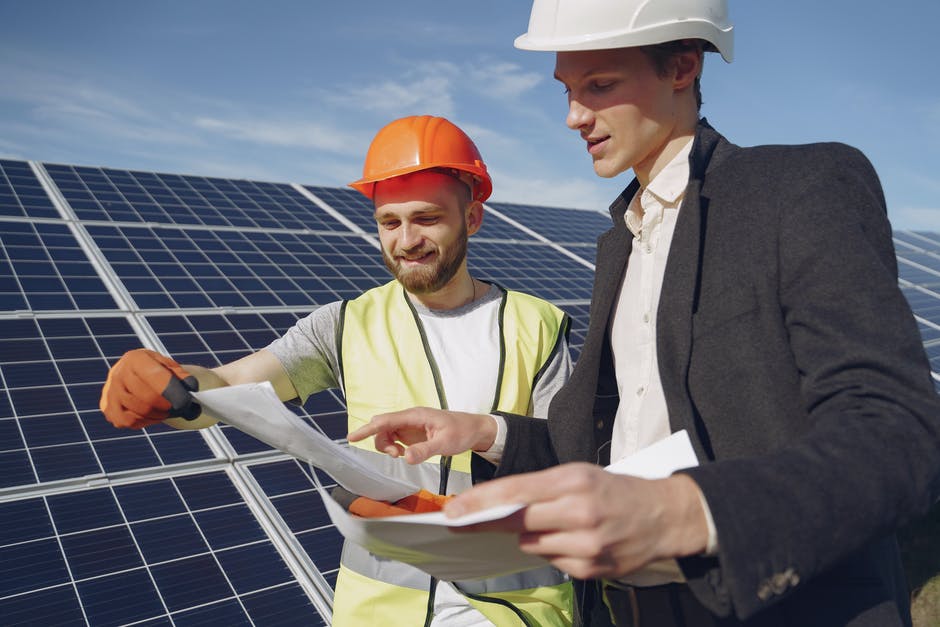
Preparing For The Solar Panel Installation: Here’s How To
Before installing solar panels, your roof needs to be in good condition. It will protect the panels from damage and ensure they can work properly.
Removing any obstacles that could interfere with the installation process is also necessary. These can include chimneys, dormers, shadows from trees or other buildings on your property, and more.
Check Your Roof’s Strength
When you decide to install solar panels on your home, it’s essential to ensure that your roof can support the weight of the equipment. The equipment weighs 2-4 pounds per square foot, so it’s critical to know how much your roof can handle before you begin installing.
The first step to assessing your roof’s strength is to look at the materials used to build it. The type of material and the thickness of those materials shape the power of your roof’s tensile strength. Additionally, the age and weathering of your roof can impact its load-bearing capacity.
A roofing expert will be able to tell you precisely what kind of weight your roof can safely hold. Suppose your roof is not strong enough to withstand the load of a solar panel installation. In that case, consider repairing or replacing your roof before installing solar panels.
It would help if you also determined how far from the edge of your roof you can place the equipment you want to install. It is based on the roof’s strength, wind load capacity, and local building codes.
A professional should be consulted before starting a significant project, such as installing solar panels, as their knowledge can help you reap the benefits of solar panels. A professional can provide you with estimates or quotes for roof repair and replacement, which will help to ensure that your roof is strong enough to withstand the weight of your solar panels.
Check Your Roof’s Structural Integrity
Before a solar panel installation can begin, your roof needs to be in good condition. It will ensure that the installation process will not cause any damage to your home or roof, and it will also help you avoid any expensive repairs down the road.
A professional will evaluate your roof’s structural integrity before any work. This inspection will determine if your roof is strong enough to support a solar panel system and related equipment. If the top is not in good condition, it must be repaired or replaced before a solar installation can occur.
Older homes, especially those constructed before modern building codes were implemented, are likelier to have a weak structure. This will make it difficult for the roof to support the additional weight that a solar array and its supporting structures can place on it.
To prevent this, a professional will inspect the roof’s structural integrity and make any necessary repairs before a solar panel installation can occur. This inspection will also allow you to see if any structural issues have been identified, such as leaks or other problems.
During the solar panel installation, workers must drill holes into your roof to attach a racking system to hold your panels. These holes are for lag bolts, which will secure the racking to the roof and keep the panels in place. These holes must be drilled deep and large enough to withstand extreme weather conditions.
Check Your Roof’s Draining System
A properly functioning roof drainage system protects your home from water damage. Without proper drainage, rainwater can seep into your walls and foundation, causing significant problems.
Depending on your climate, your flat roof may need a gutter or scupper drain system to catch water runoff. These systems can help prevent soil erosion and protect your home’s foundation from cracking.
These systems work by diverting water from your roof and into a pipe installed under the roof. The pipes then connect to a downspout at the side of the building.
When installing solar panels on your roof, you should check your drainage system to ensure it is ready for the added weight. If not, it may cause problems such as standing water and clogging.
Your roof’s drains should be sized to accommodate its surface area and rainfall rate. It would be best to decide which areas of your roof each drain leader will serve. It would be best to determine which areas of your roof will be done by each drain leader (drain pipe, scupper or downspout).
Inspect the piping and screens on your rooftop drains to ensure they are clean and debris-free. Generally, interior drainage systems should be inspected and cleaned at least annually.
It’s a good idea to regularly check your gutters and downspouts to ensure they are allowed. If you live in a cold climate, ensuring they don’t freeze during winter is essential because it can cause your roof drain to stop working.
If your downspouts and gutters are clogged, you might have to replace them. It’s best to call a professional contractor for this service.
Having your roof inspected and repaired before you install solar panels can save you time, money and hassle in the long run. It will also let you know that your home is protected from weather and protects you from water damage.
Check Your Roof’s Angle
The roof’s angle is one of the most critical factors in determining whether your home is ready for a solar panel installation. This is because your roof’s angle can impact how much electricity you generate.
Your solar panels should be installed at a 30-45 degree pitch. This ensures that your panels are exposed to the most sunlight possible. It also allows them to take advantage of the sun’s rays during the winter.
Your latitude, the direction of your house, and your roof’s design all impact your optimal solar panel angle. This is why some solar installers use tracking systems that adjust the angle of your solar panels according to the seasons.


